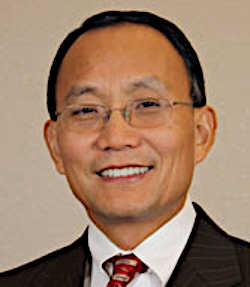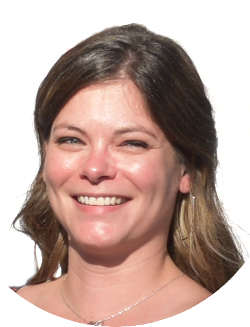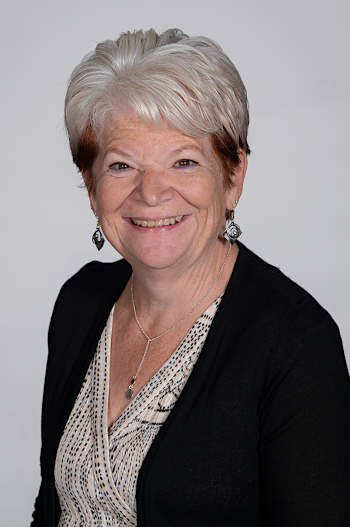- Dr. Nicki Thomas
- Posted On
Putting Students First: Time for school enrollment!

It’s time for parents of 4- and 5-year-olds to enroll their children in either transitional kindergarten, or TK, or kindergarten for the 2024-25 school year.
Students must turn 5 years old by Sept. 1 to enroll in kindergarten and must turn 5 between Sept. 2 and June 2 to enroll in transitional kindergarten.
To support local families with young children, many school districts host annual kindergarten registration events, where parents can come in person to complete registration forms and make sure their child has the required health vaccinations.
Kelseyville Unified School District’s TK/Kindergarten Enrollment Fair is on May 30 from 3 to 6 p.m. in the Kelseyville MUR Building located on the Kelseyville Elementary School campus.
Those who would like their child to receive vaccinations from the Lake County Public Health Department must pre-register for the event by April 26 at https://kvusd.org/district/portal/registration.
TK and kindergartners (and all students new to the district) must present the following documents to enroll: birth certificate, proof of up-to-date immunizations (visit http://shotsforschool.org/ for details), proof of address, a school entry physical examination by a licensed medical provider and an oral health exam by a licensed dental provider.
It’s a good idea to make the medical and dental appointments as early as possible, because everyone is scrambling to get them the week before school starts.
Now is also the time when families with children who want to attend a school that isn’t in their home district must request interdistrict transfers.
Unfortunately, we may not be able to accommodate all requests, especially for those from out of the district who want to attend one of our elementary schools.
Riviera Elementary currently has 300 enrolled students and Kelseyville Elementary has about 600, putting us at or over capacity. Interdistrict transfer requests are due by July 31, 2024.
I am happy to report that we have enough space for all students who live within our district boundaries, but given the addition of a new apartment complex and the number of families moving into town, our schools are filling up fast.
This means that even if a Kelseyville student has been attending an out-of-neighborhood school, there’s no guarantee their intradistrict transfer will be approved again this year. Students must request an intradistrict transfer every year before school starts. (Transfer requests are due May 31, 2024. Forms are available at kvusd.org/portal/registration.)
All transfers are approved or denied based on California Education Code and the criteria outlined in our school board policy.
Once we are sure we have enough room for all the neighborhood students who belong in a school, we look at class sizes.
If we have extra space, we evaluate applications by considering factors like whether a student is experiencing special circumstances that might be harmful or dangerous to them, as well as whether a student has a sibling or parent who works at the school they want to transfer to.
We are thrilled that so many people want their children to attend Kelseyville schools, and we don’t like turning anyone away, but we must follow the laws that govern California public schools and our own board policies.
For additional information about school enrollment at Kelseyville Unified, visit https://kvusd.org/district/portal/registration or email us at This email address is being protected from spambots. You need JavaScript enabled to view it..
Dr. Nicki Thomas is superintendent of the Kelseyville Unified School District.






 How to resolve AdBlock issue?
How to resolve AdBlock issue? 




